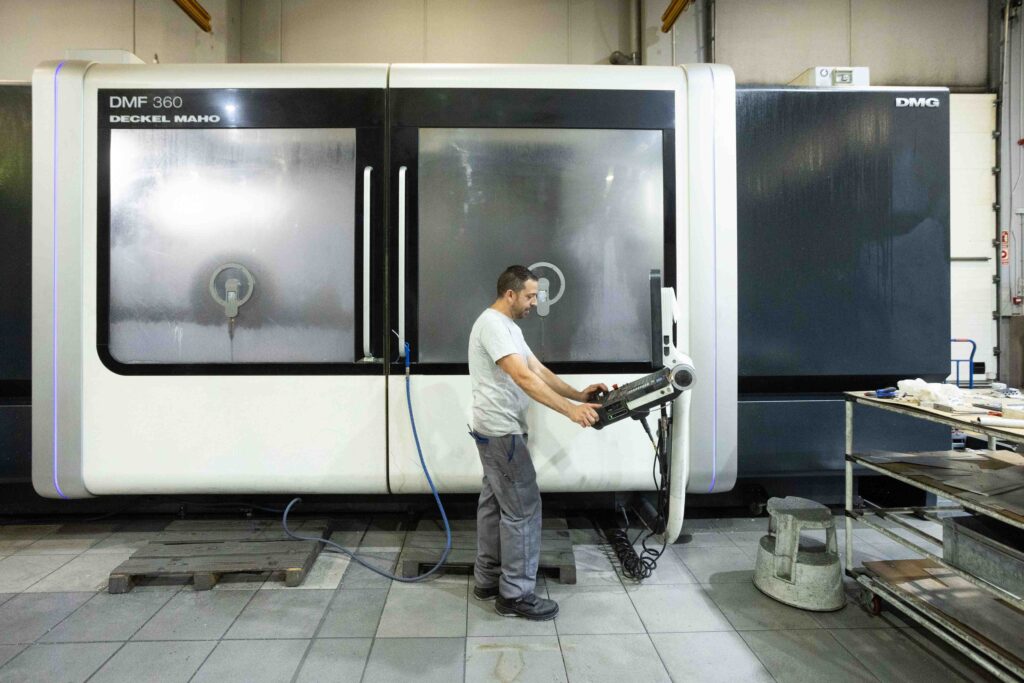At the forefront of the aerospace industry, chip removal machining stands out as an essential technique for manufacturing high-precision components.
In this article, we’ll take a deeper dive into chip removal machining, exploring its types, advantages and applications, and how PMA (Precision Manufacturing Aerospace) is a leader in manufacturing high-precision aerospace parts through this technique.
What is chip removal machining?
Metal removal machining is an essential manufacturing process in which material is removed from a blank to form it to precise specifications.
This method is therefore particularly crucial in the aerospace industry, where tolerances are extremely tight and margins of error are virtually non-existent.
In addition, by using specialized cutting tools, machining by metal removal removes excess material in a controlled manner, allowing the creation of parts with exact shapes, sizes and finishes.
What are the advantages of metal removal machining?
The advantages of chip removal machining are significant:
- High precision: allows very tight tolerances to be achieved, essential in critical applications such as aerospace.
- Flexibility: suitable for working with a wide range of materials, from metals to plastics.
- Production efficiency: although it is an intensive process, its ability to produce high quality parts quickly makes it invaluable.
Types of chip removal machining
Chip removal machining comes in several forms, each tailored to specific manufacturing needs:
Turning process.
In this process, the workpiece rotates on a lathe while a stationary cutting tool removes material. For this reason, it is ideal for creating cylindrical and conical shapes.
Milling machine machining
In milling machining, a rotary milling cutter cuts and shapes the workpiece. Milling is versatile, suitable for a variety of shapes and surfaces, including slots, holes and T-slots.
Drilling process
This process is used to create precise, clean holes in the part. Also, the holes can vary in size and type, depending on the application.
Sawing machining
In sawing machining, a saw blade is used to cut the workpiece. Therefore, it is ideal for splitting material or creating longitudinal cuts.
What are its most common applications?
This high-precision machining of parts has a wide range of applications:
- Aerospace industry: to manufacture aircraft components that require maximum precision, such is the case of PMA (Precision Manufacturing Aerospace).
- Automotive: in the production of engine and body parts.
- Military industry: for armament and vehicle components.
- Industrial machinery and equipment: creation of parts for heavy machinery and precision equipment.
PMA and its chip removal machining processes
At PMA (Precision Manufacturing Aerospace) we take machining to the next level. Our focus on innovation and precision enables us to deliver the highest quality aerospace components.
With a team of experts and a suite of advanced-level machinery, we utilize 3-, 4- and 5-axis milling machines, as well as multi-tasking turning and lathe-milling machines up to 5-axis.
Our commitment to quality and precision positions us as a leader in the manufacture of high-precision aerospace parts. We have solutions specifically adapted to the needs of our customers, contact us!


